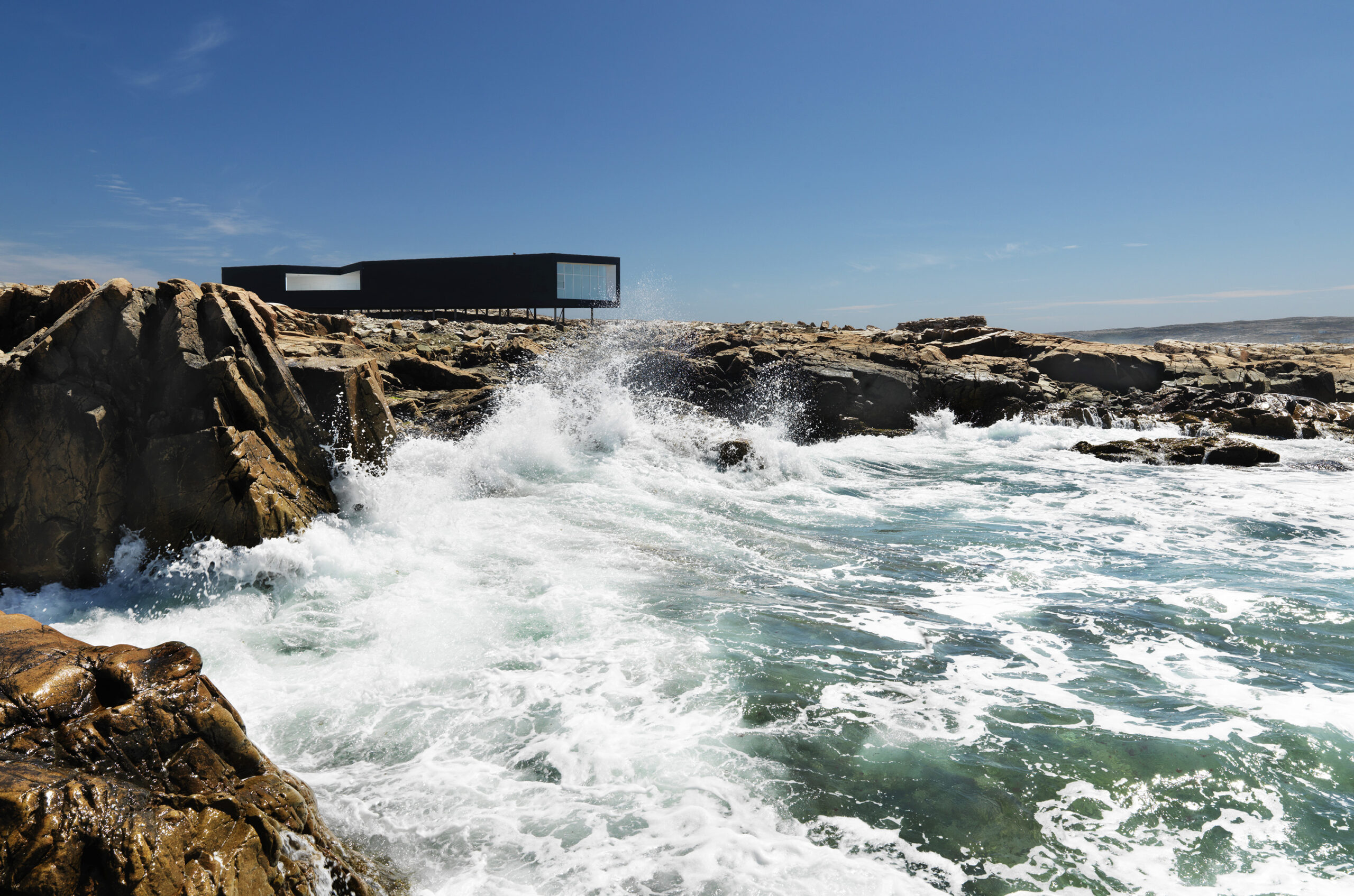Ema is a trained architect, writer and photographer who works as a Junior Architect at REX in NYC. Inspired by her global experiences, she shares captivating insights into the world’s most extraordinary cities and buildings and provides travel tips on her blog, The Travel Album.
As the colder seasons arrive, our homes and interiors take on a new role: they become sanctuaries from the chill, offering warmth, comfort and a sense of refuge. The concept of “cozy” isn’t merely about aesthetics; it’s about creating spaces that nurture the senses and promote well-being. In architectural design, achieving this level of comfort requires a thoughtful blend of elements such as materials, lighting, textures, and spatial arrangements. Since the colder months are quickly approaching, I want to explore key architectural strategies that help create interiors that feel inviting and serene during fall and winter, offering practical insights into how architects can enhance seasonal comfort.
“Hygge”
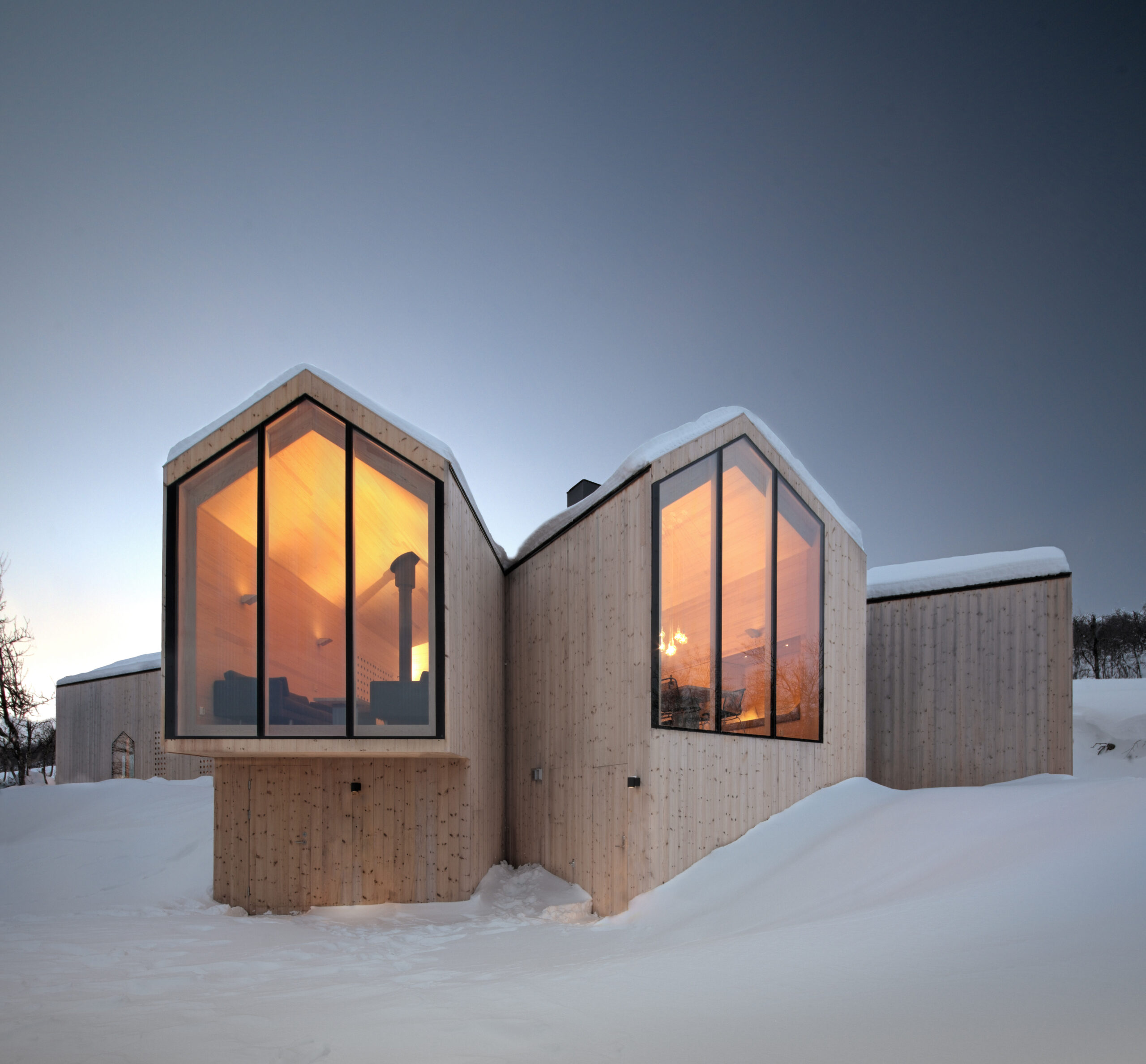
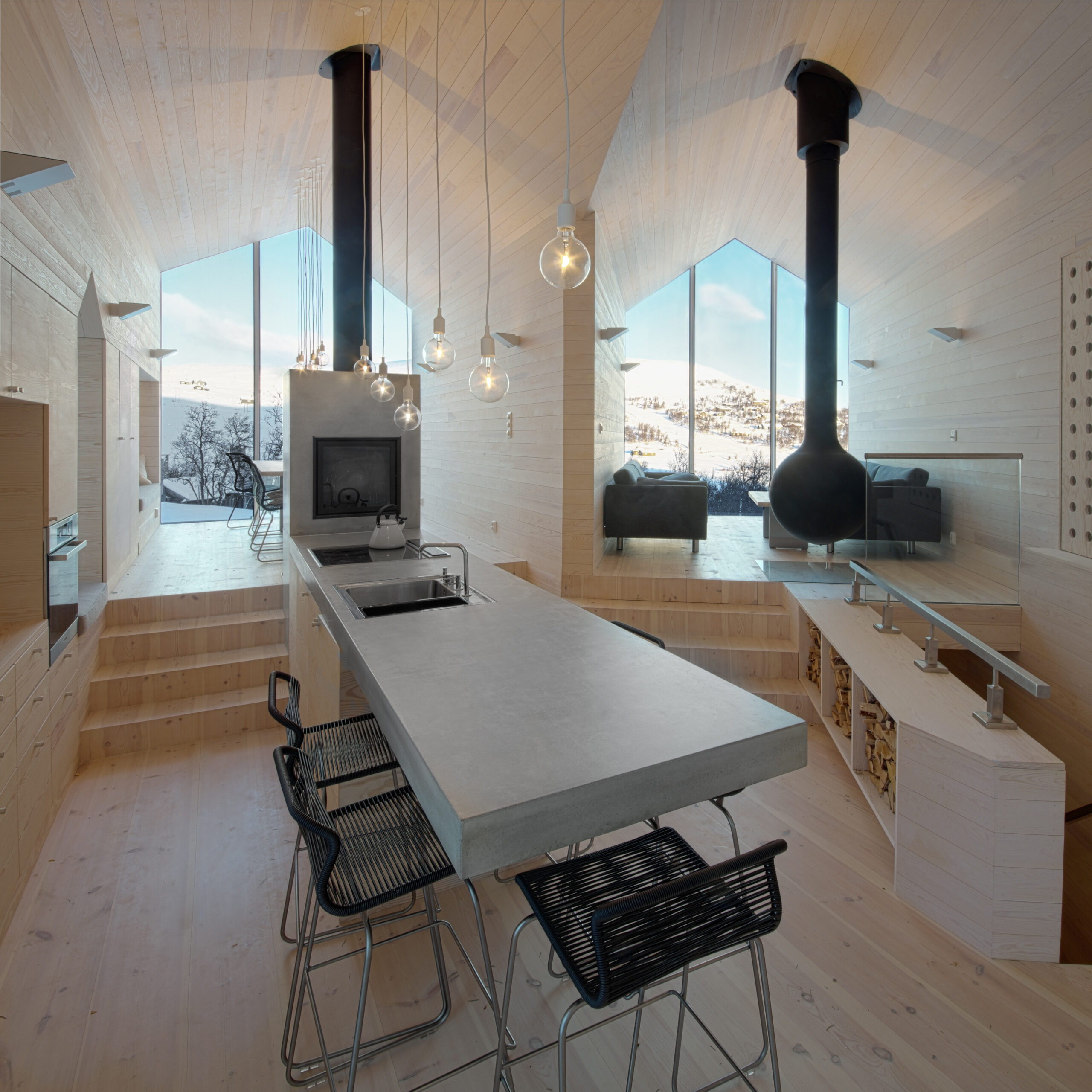
Split View Mountain Lodge by Reiulf Ramstad Arkitekter, Geilo, Norway
Having spent several years immersed in Danish culture, I frequently encountered the term hygge during this time of the year. It is a Danish concept that embodies a sense of comfort, warmth, and well-being, often associated with creating cozy, inviting environments. I learned that it’s more than just aesthetics — hygge emphasizes slowing down, savoring simple pleasures and fostering meaningful connections. This philosophy aligns perfectly with the principles of designing for comfort during the fall and winter seasons.
Architects and designers inspired by hygge focus on creating spaces that nurture the senses, using natural materials, warm lighting and thoughtful spatial arrangements to evoke feelings of safety and contentment. Whether through soft textiles, crackling fireplaces or intimate seating areas, hygge encourages an atmosphere that balances function with emotional well-being, making spaces feel like sanctuaries from the colder seasons outside. I believe this term lies at the heart of everything associated with “coziness.” Once you understand the concept of hygge, it becomes easy to visualize the architectural elements that evoke this feeling, from warm materials to intimate spaces designed for comfort and connection.
Embracing Natural Materials for Warmth and Texture
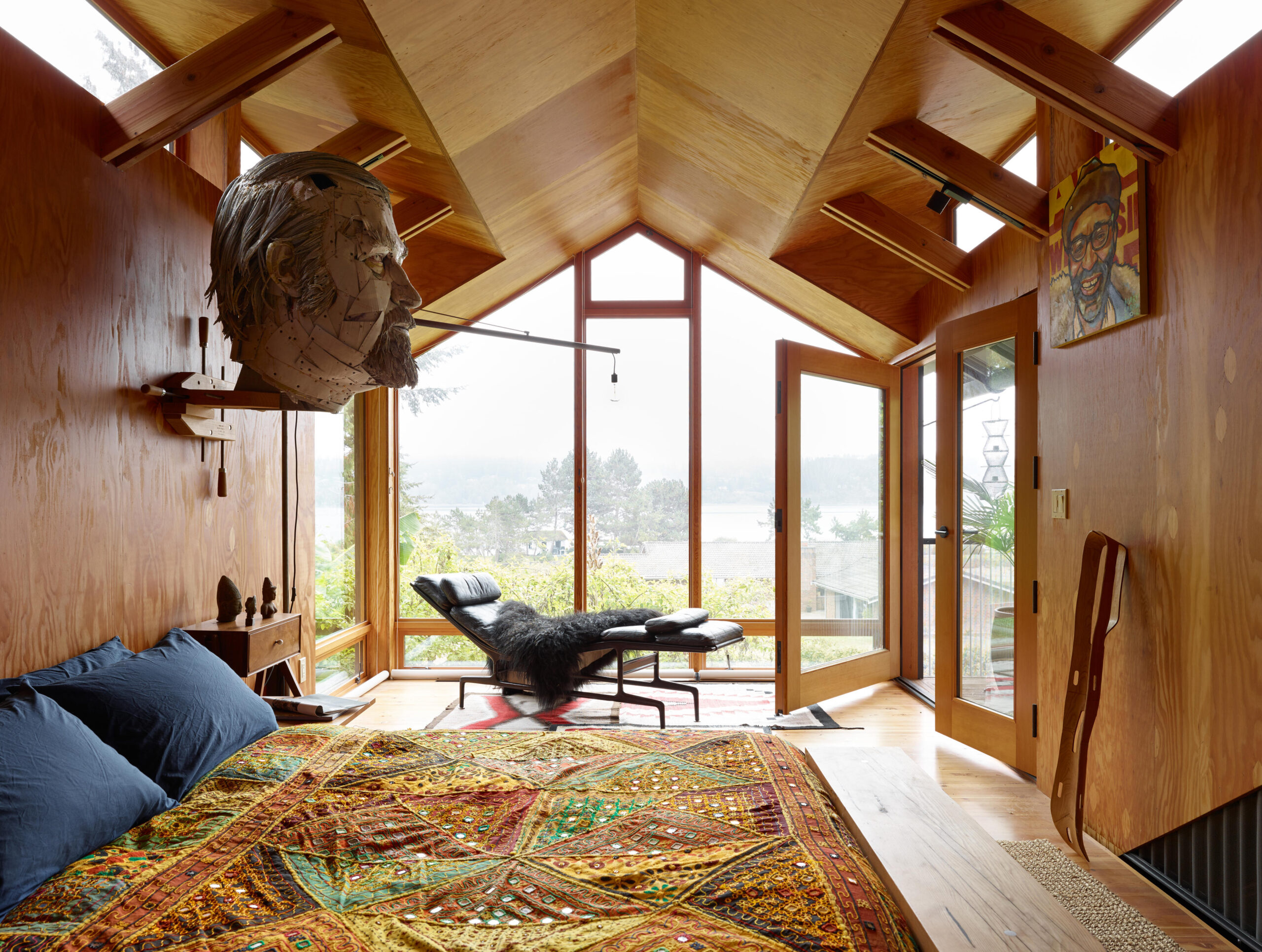
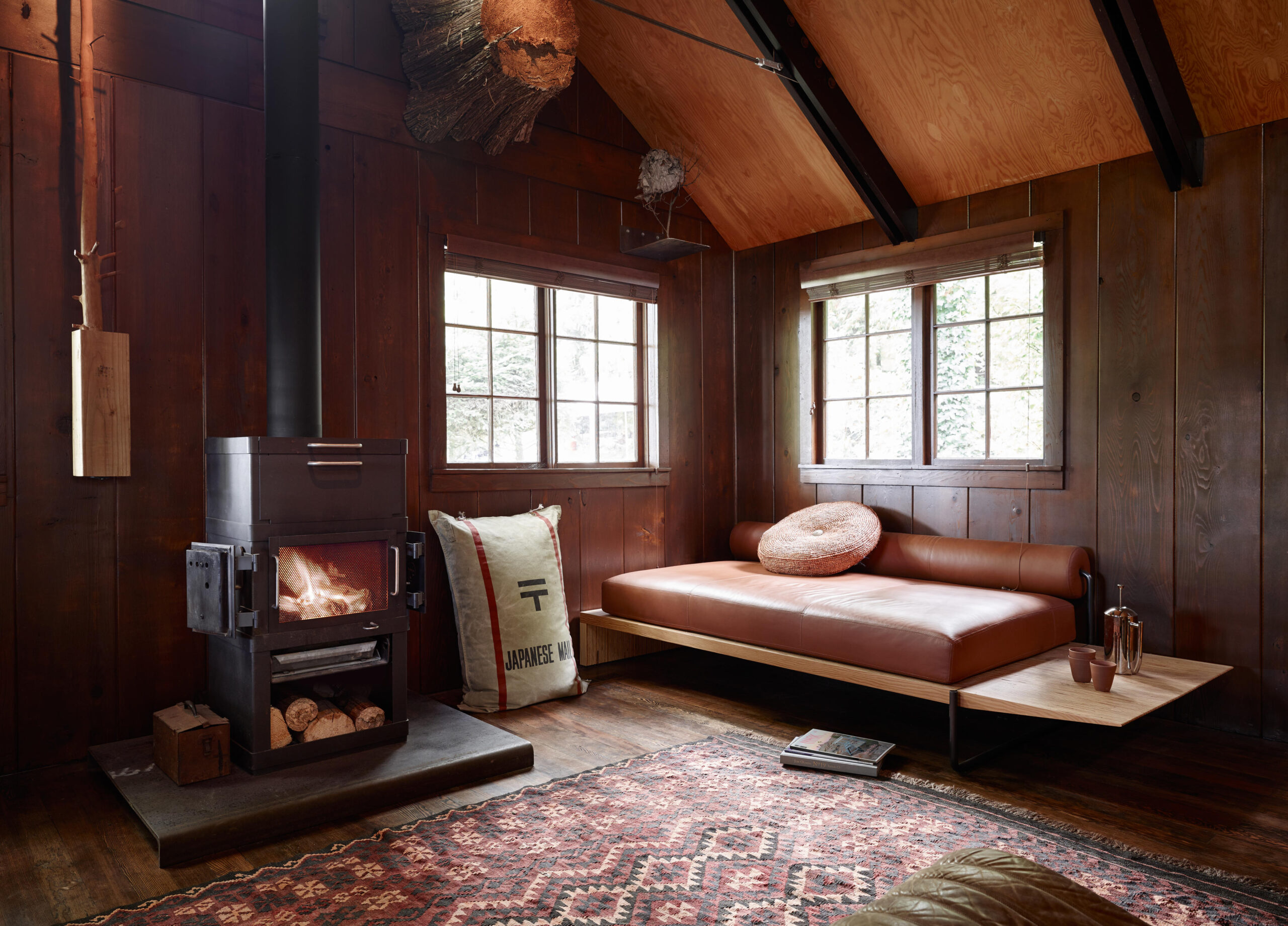
Agate Pass Cabin by Olson Kundig, Bainbridge Island, Washington
One of the most effective ways to create a cozy atmosphere is by using natural materials that bring warmth and texture to interiors. Wood, stone, leather and even cork are particularly effective in establishing an inviting ambiance. Wooden beams, wall cladding, or exposed timber ceilings add an organic touch, while reclaimed wood introduces character and history to a space. Natural stone elements, such as hearths or accent walls, evoke a grounded, timeless feeling, ideal for cooler months.
In my own home, during Canada’s cold months, cork flooring is always a welcome feature, especially in a kitchen that opens to the backyard, where cold air tends to seep in. Cork is a great example of a material that provides a soft, warm and comfortable surface, making it an excellent choice for areas prone to exposure to the cold, ensuring the space remains cozy and inviting.
Architects also often turn to tactile materials such as wool, linen or leather for soft furnishings, complementing the natural hard surfaces. These textures contribute to a layered design that feels warm and comfortable to the touch. For example, Scandinavian-inspired designs frequently rely on natural materials to create minimalist yet cozy environments, underscoring the idea that simplicity does not sacrifice comfort.
Fireplaces: The Heart of Cozy Design
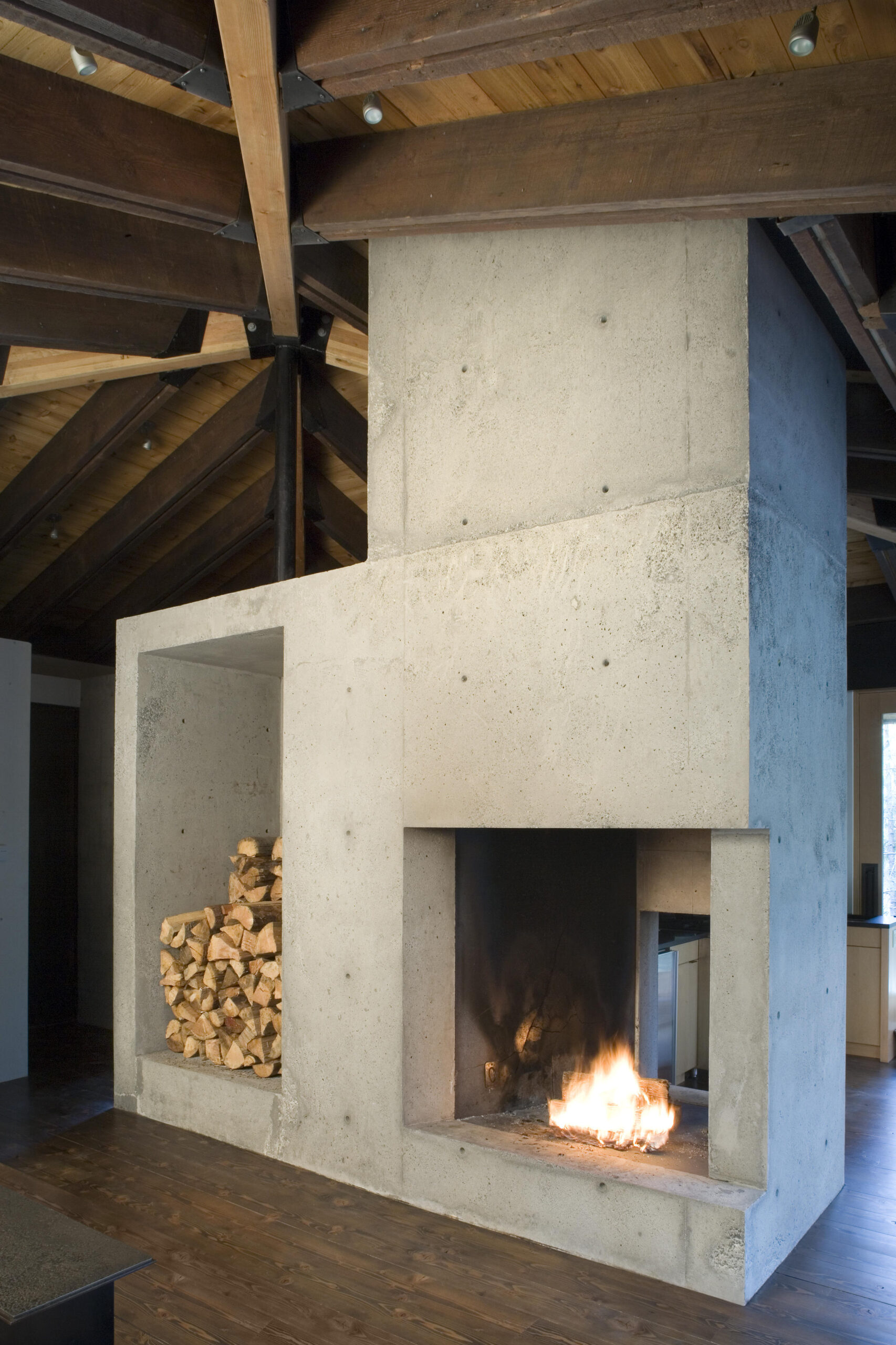
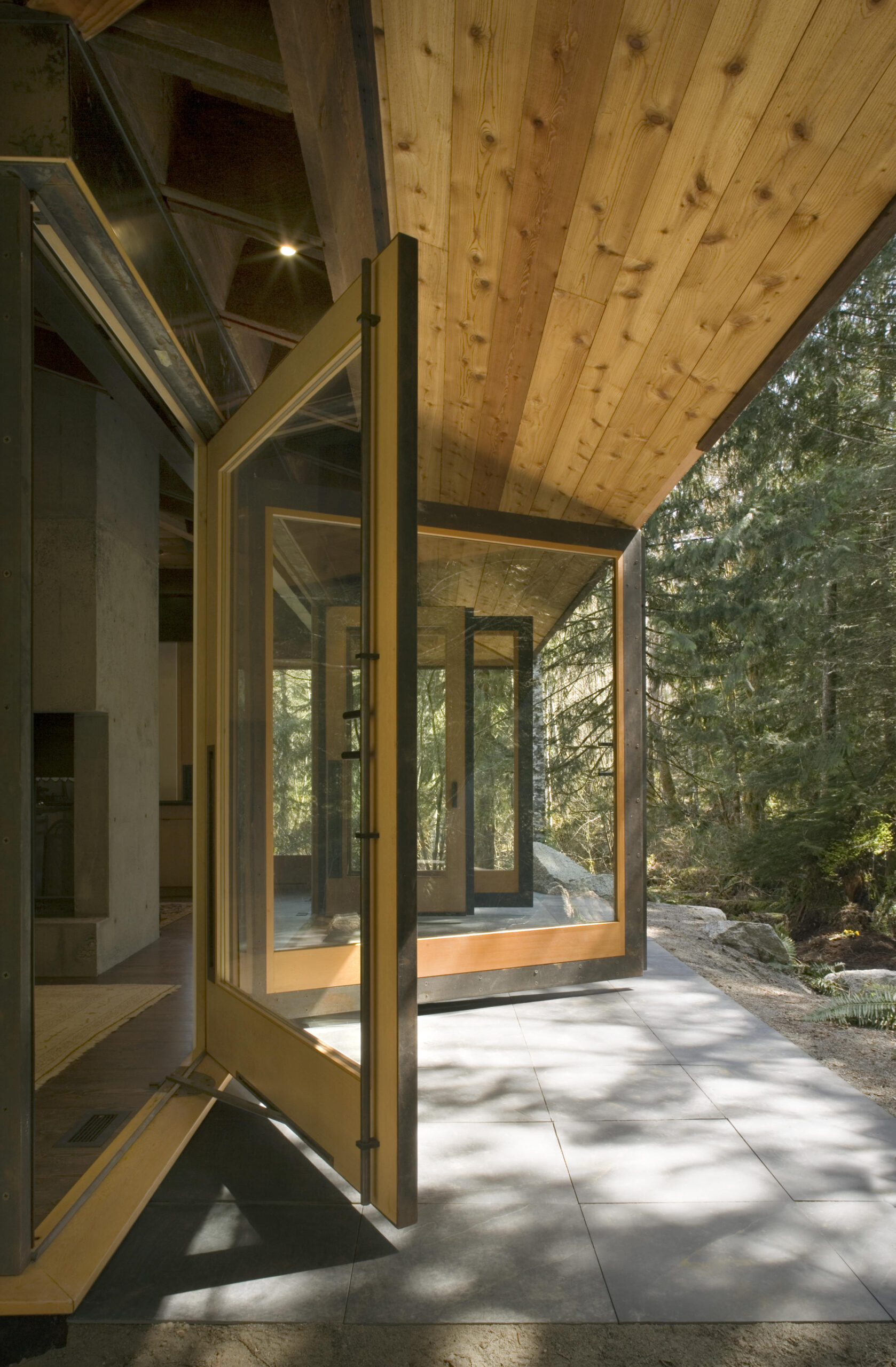
Tye River Cabin by Olson Kundig, Skykomish, Washington
In my view, Frank Lloyd Wright was many things, one of which is the “king of fireplaces” in architecture. Looking at Wright’s work, he always masterfully integrated fireplaces into his designs, making them not just functional features but also key architectural elements that anchored spaces and fostered connection. For Wright, a fireplace symbolized the heart of the home, serving as a focal point that brought warmth — both physically and emotionally — into his spaces. Few architectural features evoke the feeling of coziness more than a fireplace. Beyond their functional role of providing heat, fireplaces become focal points that anchor a room, drawing people together and promoting relaxation. Whether it’s a traditional wood-burning hearth or a sleek, modern gas fireplace, this element provides both warmth and a visual glow that enhances the atmosphere of any space.
Fireplaces can also be designed as multifunctional architectural features. Built-in shelving units flanking the hearth, for example, can hold books, candles and seasonal décor, adding a personalized touch. In open-plan homes, double-sided or see-through fireplaces provide warmth to multiple rooms while preserving sight lines, creating seamless connections between spaces. Architects are also increasingly exploring alternative fireplace designs, such as outdoor fire pits connected to interior spaces, extending cozy living to terraces and patios.
Layered Lighting for Seasonal Ambiance
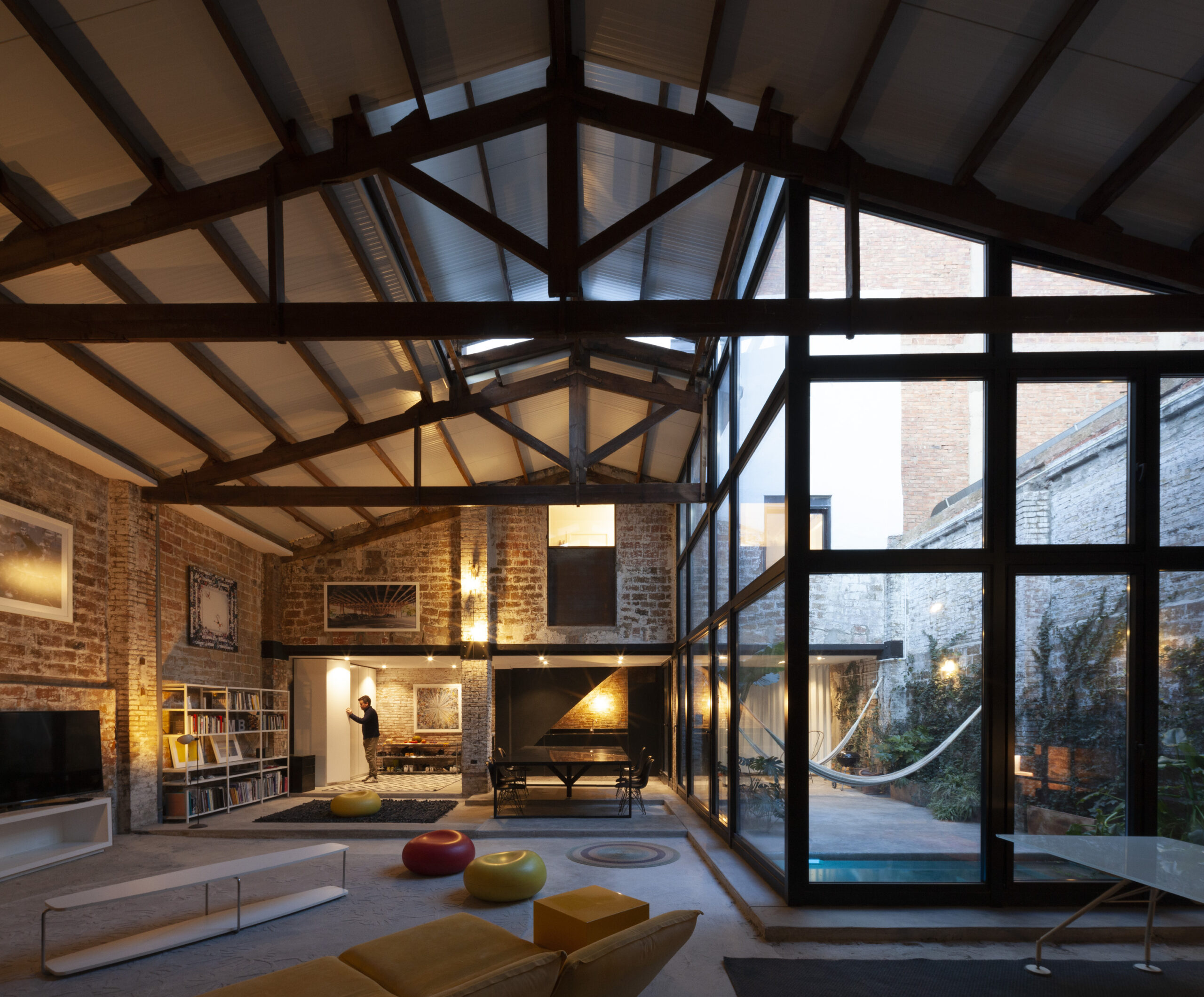
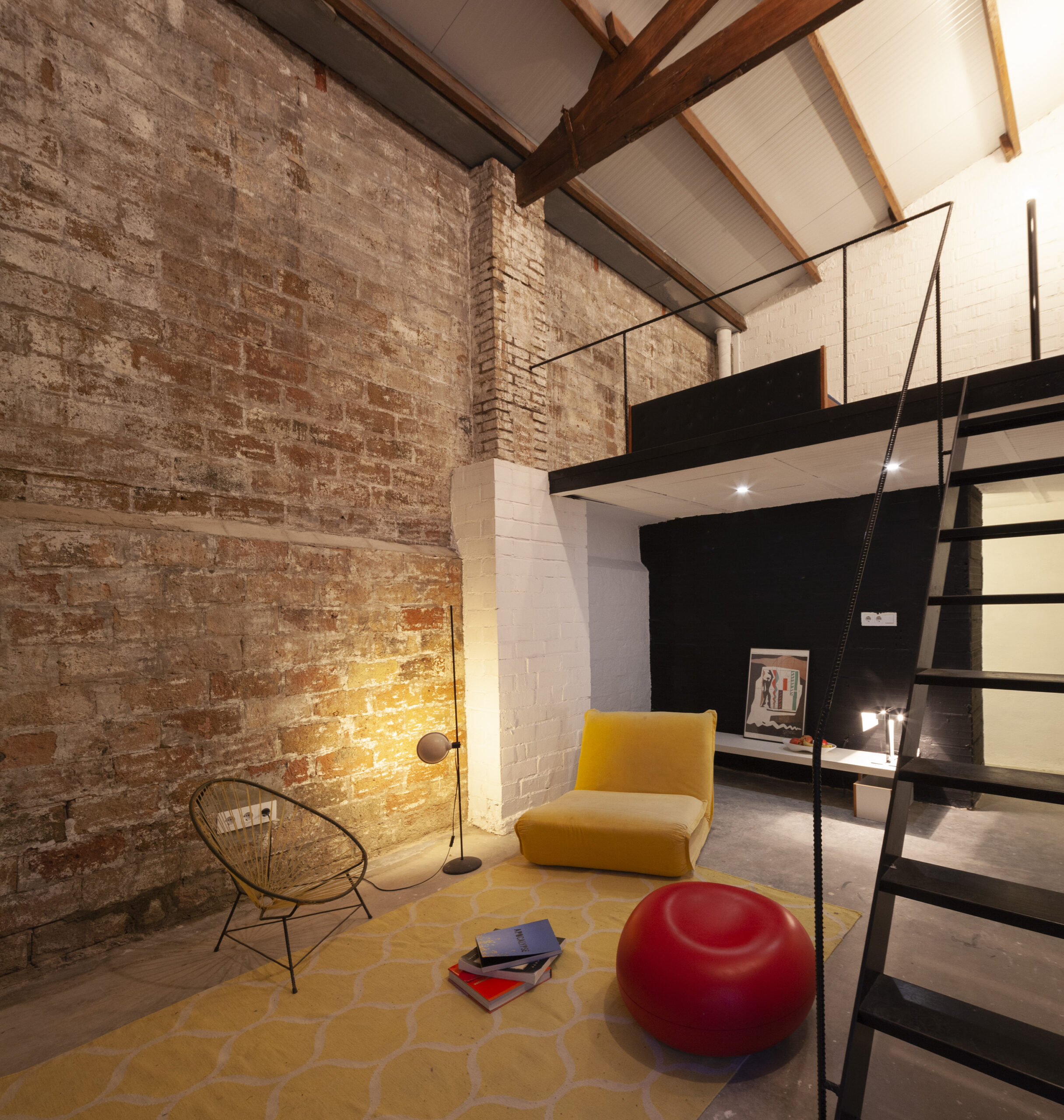
The Theatre by Cadaval & Solà-Morales, Barcelona, Spain
Lighting plays a crucial role in shaping the mood of an interior, particularly in fall and winter when natural light becomes more scarce. Architects and designers often employ a layered approach to lighting, combining ambient, task and accent lighting to achieve a comfortable and dynamic environment. Soft, warm lighting helps counter the coldness of winter, making interiors feel more inviting. While we no longer depend on candles for light, their gentle glow often provides the perfect finishing touch, enriching the atmosphere of a cozy, low-lit winter interior.
Incorporating dimmable fixtures allows occupants to adjust the lighting to suit different moods throughout the day. Pendant lights, floor lamps, and table lamps with warm-toned bulbs can create pools of soft light, contributing to a cozy atmosphere. In homes with fireplaces, the flickering glow from the hearth provides a natural, ambient light source, further enhancing the space. Architects may also integrate indirect lighting, such as LED strips beneath shelving or along architectural coves, adding depth and subtle illumination.
Spatial Arrangements and Color Palettes
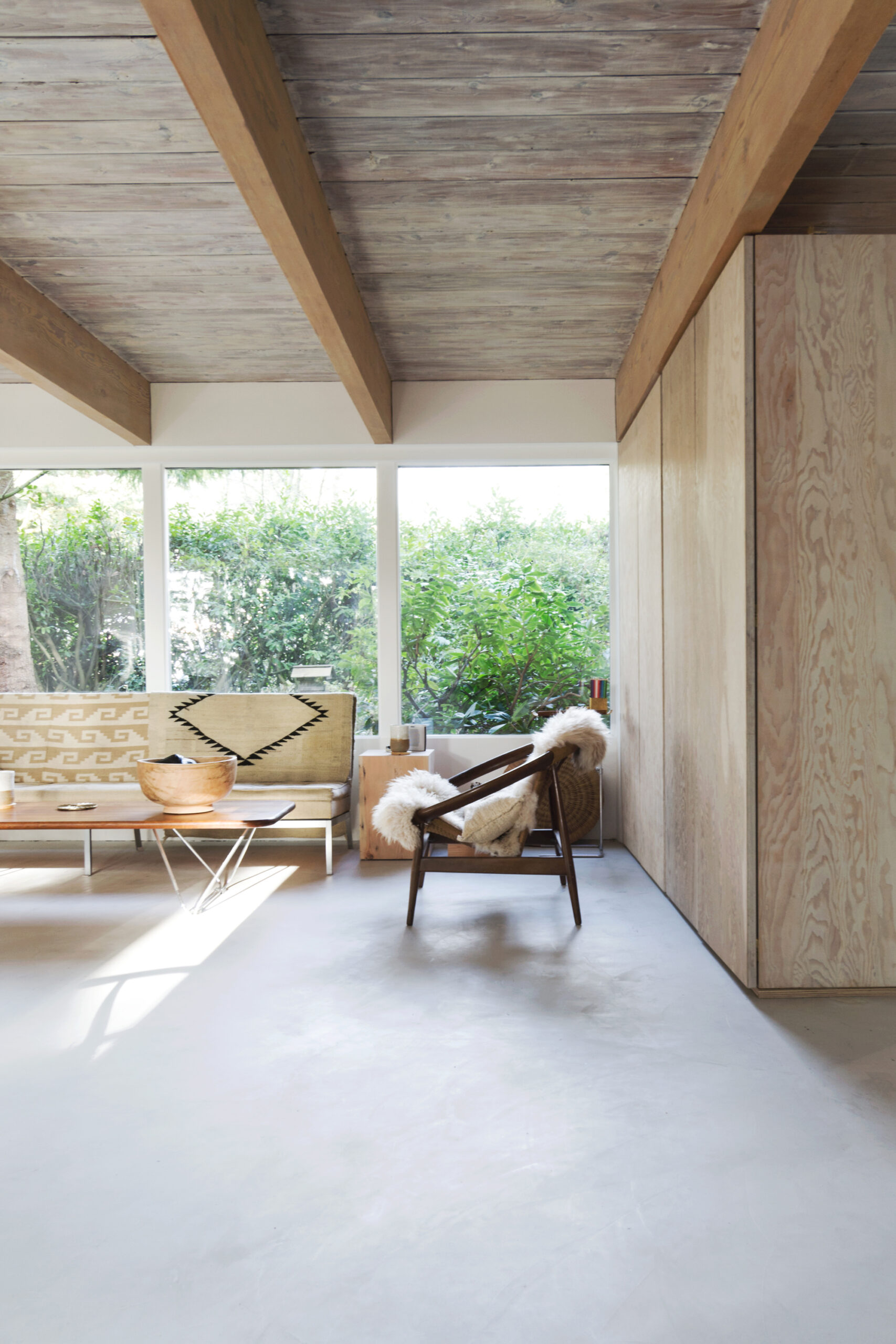
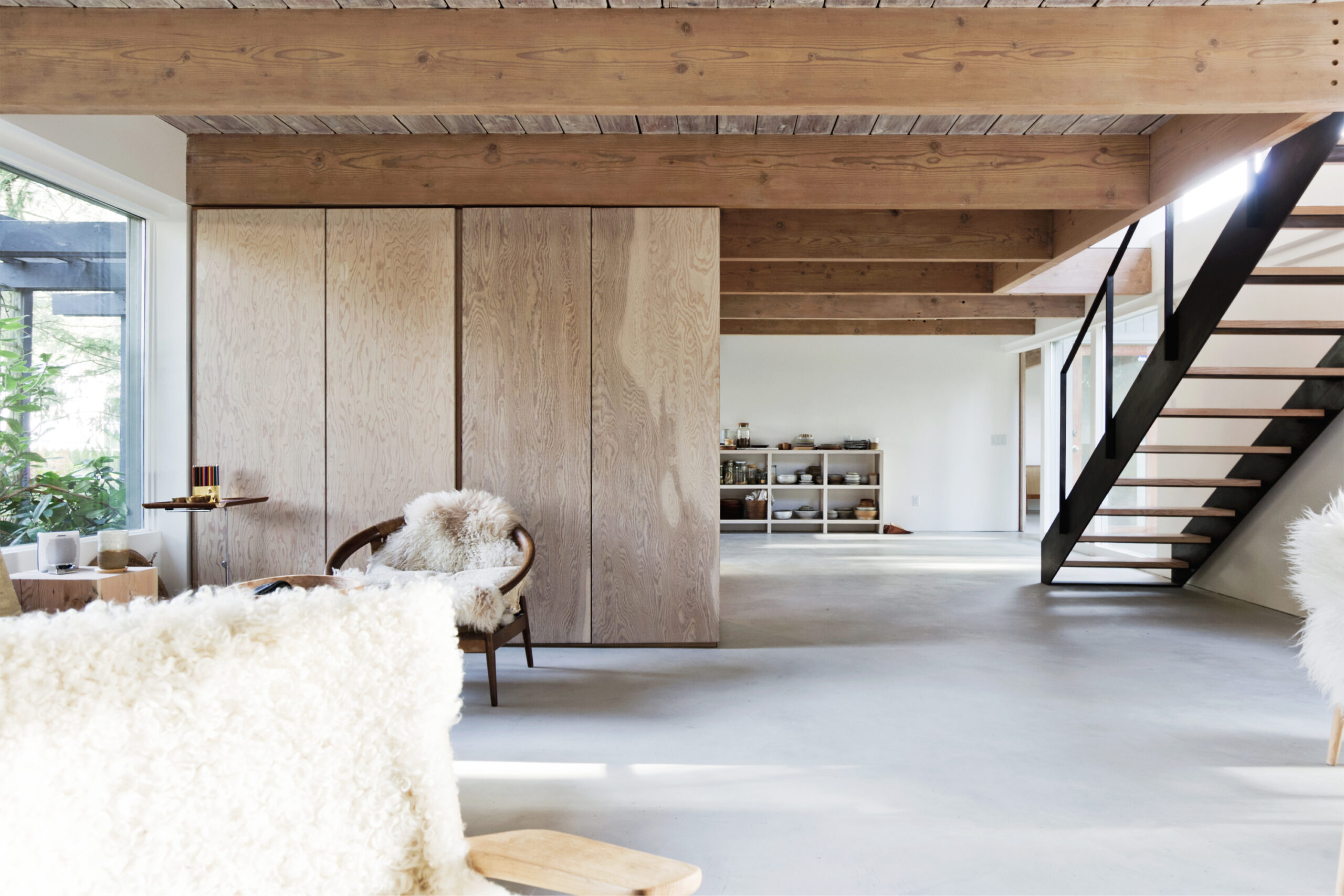
North Vancouver House by Scott & Scott Architects, North Vancouver, Canada
The way spaces are arranged plays a significant role in creating an inviting environment. Architects often choose to design interiors with a focus on intimacy, promoting a sense of closeness and connection among occupants. For instance, arranging furniture around a central fireplace or coffee table encourages conversation and communal activities. Smaller, well-defined spaces — such as reading nooks or alcoves — provide opportunities for solitude, offering a retreat within the larger home. Architectural elements such as window seats or built-in benches further contribute to the cozy ambiance, creating spaces where people can relax while enjoying views of the changing seasons outside. In larger homes, zoning strategies — like the use of half-walls, screens or partitions — can help create cozy pockets within open-plan layouts, balancing openness with comfort.
Color also plays a pivotal role in how a space feels, especially during colder months. Warm, earthy tones — such as burnt orange, deep browns, forest greens and soft neutrals create interiors that reflect the autumn and winter seasons. These colors evoke a sense of warmth and tranquility, making a space feel more inviting. Accent walls, rugs or upholstered furniture in seasonal hues can inject warmth without overwhelming the space. Neutral backdrops, combined with strategic pops of color, allow homeowners to easily swap out décor elements as the seasons change. Natural materials, such as wood and stone, complement these palettes by adding warmth and depth to the design.
Bringing the Outdoors In – Sound and Scent
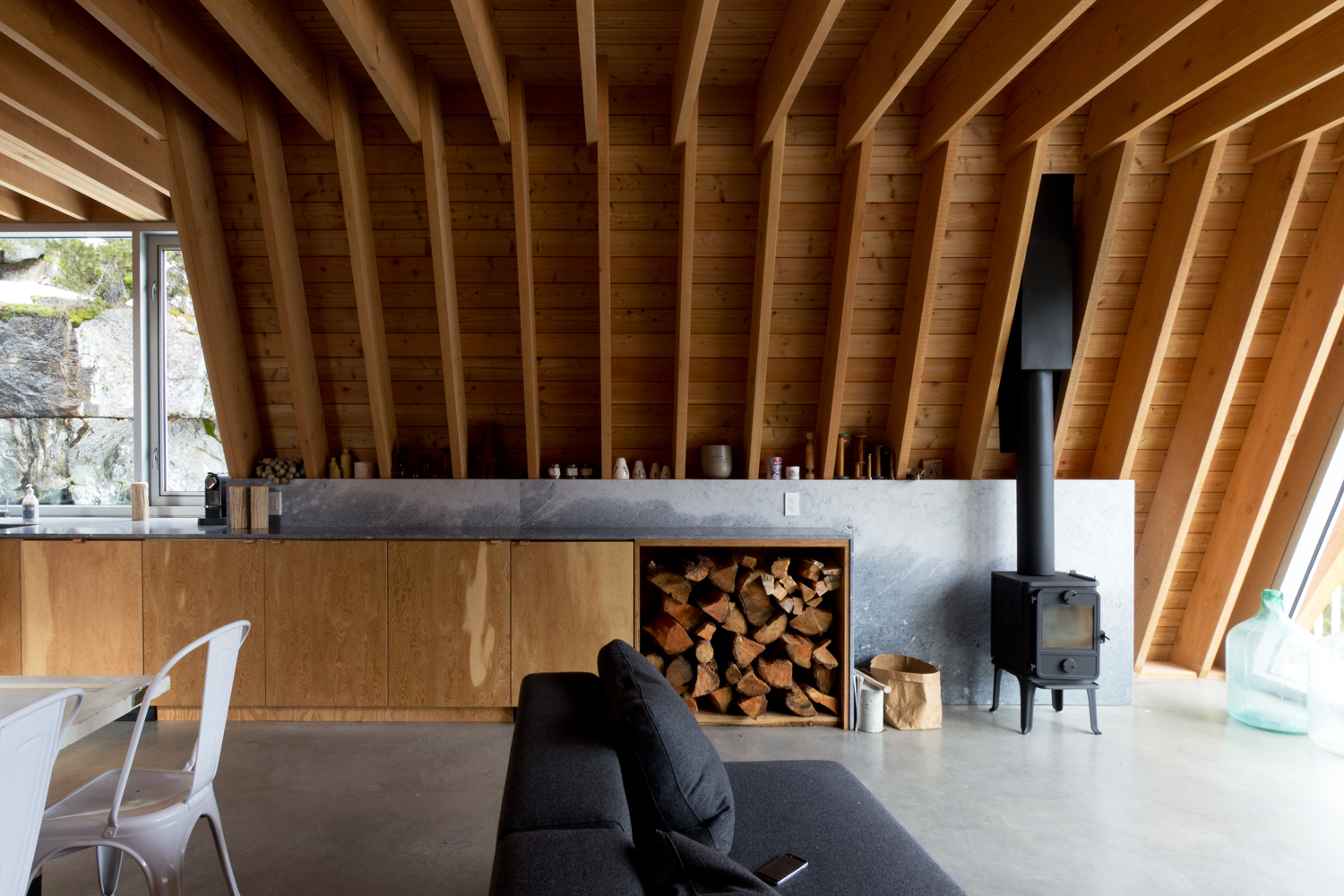
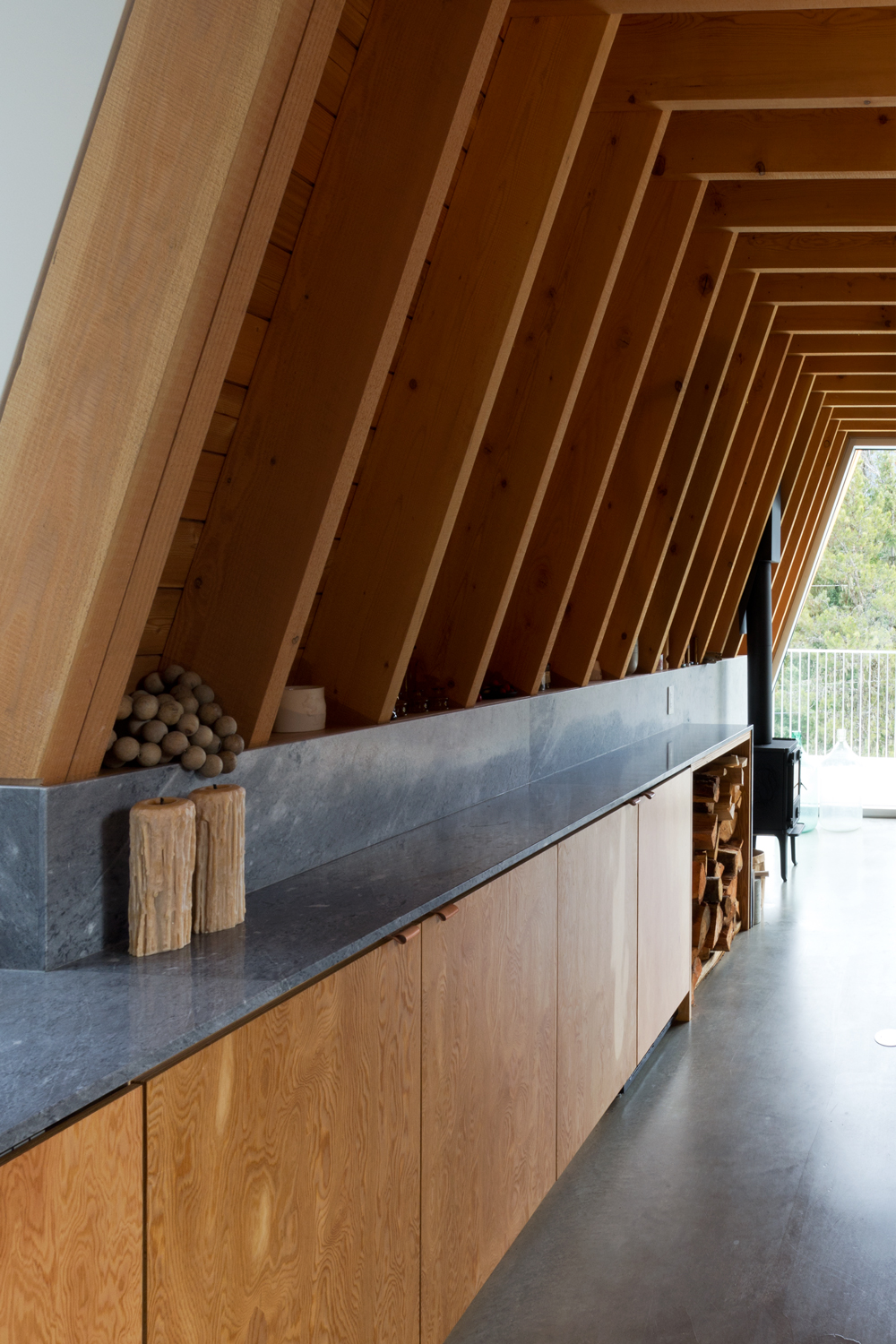
Whistler Cabin by Scott & Scott Architects, Whistler, Canada
Connecting interiors with nature remains important even as outdoor spaces become less accessible during colder months. Elements such as indoor plants, natural wood finishes, and stone textures bring the essence of the outdoors inside. Large windows and skylights allow for natural light, framing views of the changing landscape and maintaining a connection to nature.
Since we’re likely not outside as often in the winter months, incorporating seasonal décor — like autumn leaves, pine branches or dried flowers — is a popular way to reinforce the seasonal theme and strengthen the connection between indoor and outdoor environments. Incorporating materials that age gracefully, like copper or untreated wood, mirror the natural changes of the seasons and add character to the design. But, a truly cozy interior engages more than just the visual senses.
As both designers and homeowners seeking to create cozy, comfortable spaces, we are increasingly recognizing the important role that sound and scent also play in shaping a space’s atmosphere. Wooden floors that creak softly underfoot, the crackling of a fireplace, or the muffled sound of rain outside all contribute to the sensory experience. Scent is another powerful tool for creating ambiance. Homes designed with built-in shelves or ledges for candles or diffusers allow for the easy introduction of seasonal fragrances — like cinnamon, pine or vanilla — adding to the cozy atmosphere. Architects can also specify natural materials like cedar or leather, which carry their own subtle scents that enhance the sensory richness of the space.
Conclusion: Architecture as an Expression of Comfort and Well-Being
Designing for fall and winter is about more than aesthetics — it’s about creating spaces that promote comfort, well-being, and connection. Through thoughtful use of natural materials, fireplaces, layered lighting, and spatial arrangements, architects can shape interiors that respond to the emotional and sensory needs of the colder seasons. By thoughtfully incorporating design elements that engage all the senses, these spaces transform into havens of warmth and tranquility, providing refuge from the dropping temperatures outside.
In today’s fast-paced world, the need for cozy, comfortable environments is more relevant than ever. Architects play a unique role in creating spaces that meet this need, whether collaborating with clients or designing their own environments. Their goal is to ensure that homes are not only functional but also nurturing and inspiring, evolving gracefully with the changing seasons.
Call for entries: The 14th Architizer A+Awards celebrates architecture's new era of craft. Apply for publication online and in print by submitting your projects before the Final Entry Deadline on January 30th!
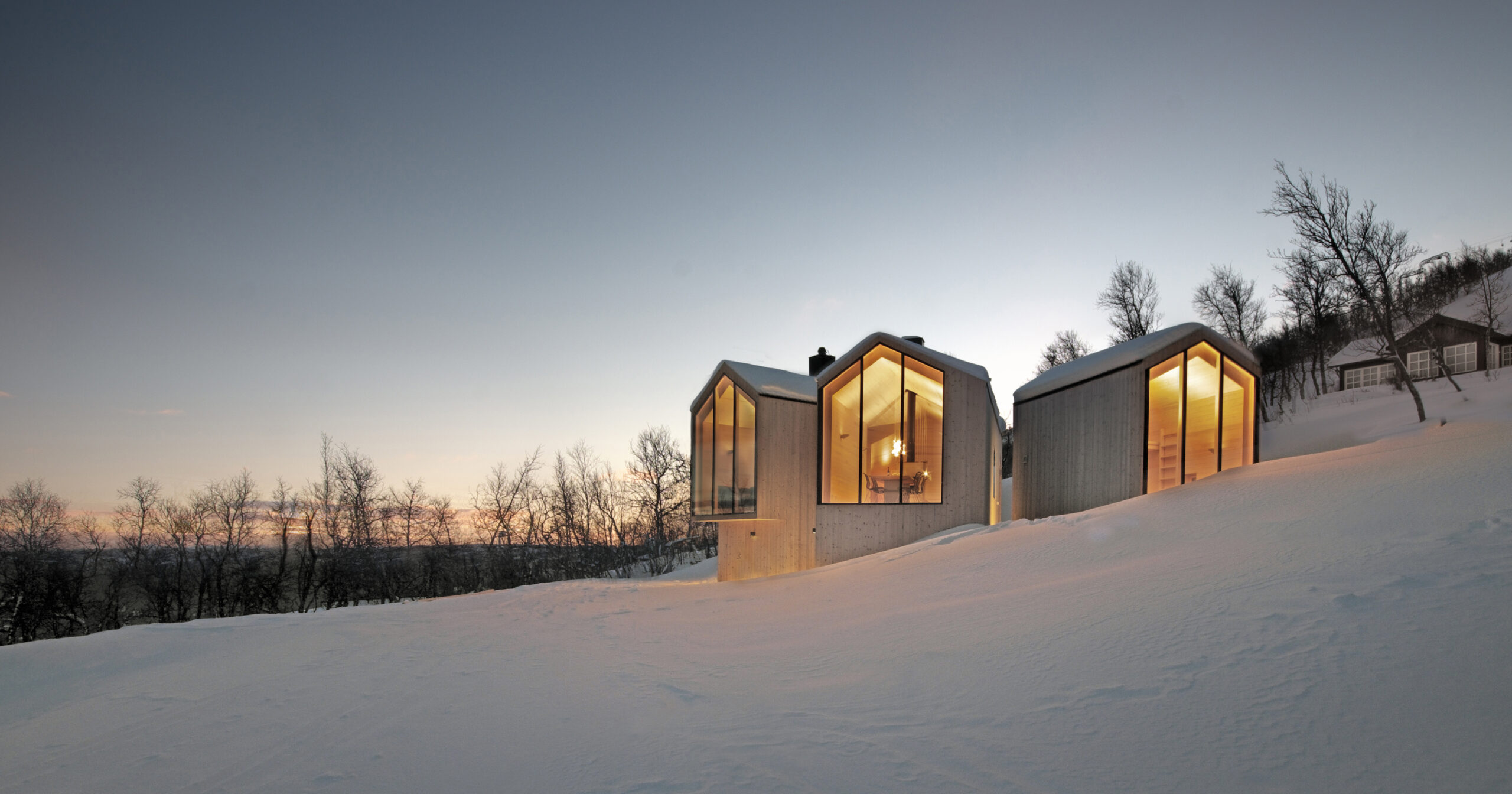
 Agate Pass Cabin
Agate Pass Cabin  North Vancouver House
North Vancouver House  Split View Mountain Lodge
Split View Mountain Lodge  The River Cabins
The River Cabins 